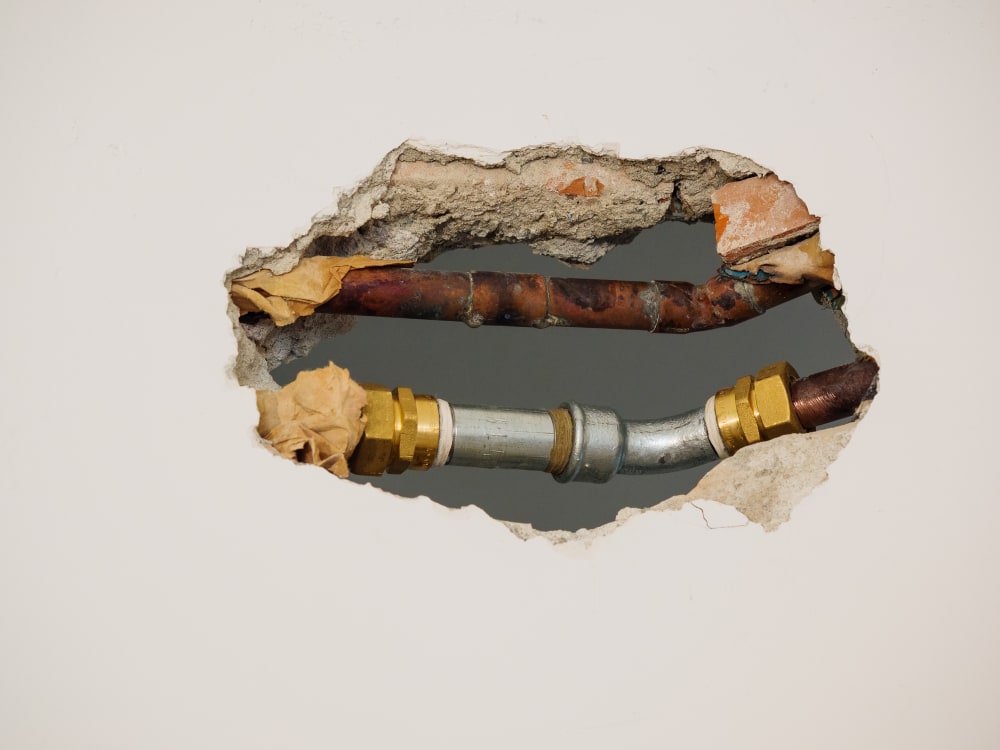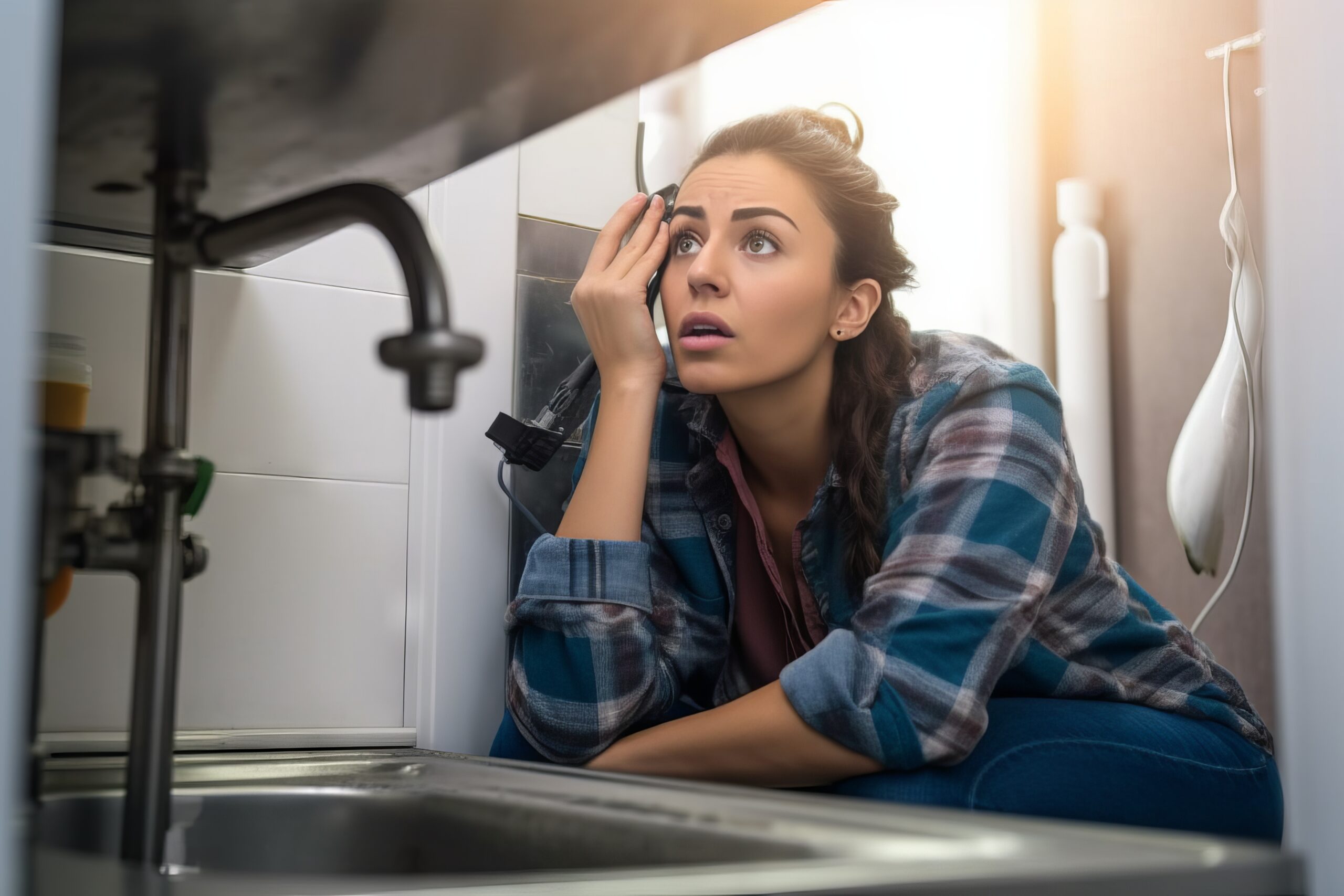Fixing Plumbing Issues in Older Homes: Practical Techniques
Fixing Plumbing Issues in Older Homes: Practical Techniques
Blog Article
They are making a few great points regarding Plumbing Issues in Older Properties and How to Fix Them in general in the content further down.

Older homes frequently feature charm, personality, and history, but they can additionally bring a host of plumbing issues. Whether you're managing aging pipelines, low tide pressure, or leakages, understanding how to attend to these typical issues is important to preserving a safe and useful home. In this overview, we'll discover the common plumbing obstacles dealt with by older homes and offer functional remedies to keep your pipes in leading form.
Recognizing Common Plumbing Concerns
Aging Pipes
Among one of the most typical issues in older homes is aging pipes. Relying on the period in which your home was developed, the pipelines could be made from materials that have actually degraded with time, such as galvanized steel, cast iron, or perhaps lead. These products can corrode, end up being fragile, or create leaks, causing water damage and potential carcinogen.
Low Water Stress
If you're experiencing low tide pressure, it could be because of natural resources, corrosion inside the pipes, or old fixtures that are no longer functioning successfully. This can be a significant hassle, particularly in locations like showers and sinks.
Leaking Pipelines
Leakages are another constant issue in older homes, often triggered by corroded or worn-out pipelines. Also small leakages can result in substantial water damage, mold and mildew growth, and boosted water expenses if not addressed quickly.
Obsolete Components
Out-of-date plumbing fixtures such as faucets, bathrooms, and showerheads not just look old however might likewise be less effective, vulnerable to leakages, or inappropriate with contemporary pipes criteria.
Pipeline Corrosion
Corrosion is a common issue in older pipes, especially those made from galvanized steel or actors iron. Rusty pipelines can limit water flow, trigger staining, and at some point bring about leakages or pipeline ruptureds.
Analyzing the Condition of Your Plumbing
Inspecting Visible Pipes
Begin by checking any type of noticeable pipelines in your house, such as those in cellars, crawl spaces, or under sinks. Seek indicators of corrosion, leakages, or corrosion, which can indicate underlying issues.
Checking for Leaks
Look for leaks by inspecting areas around faucets, toilets, and under sinks. You can also monitor your water meter before and after a duration of no water utilize to identify surprise leakages.
Water High Quality Testing
Older pipes can influence the top quality of your water. Conduct a water high quality test to check for pollutants such as lead, rust, or various other pollutants that might be presented by maturing pipelines.
Solutions for Usual Pipes Problems
Changing Aging Pipes
If your home has old, degrading pipes, think about changing them with modern materials like copper or PEX. This can be a substantial investment, yet it will certainly avoid future issues and improve the safety and security and dependability of your plumbing system.
Fixing Low Tide Pressure
To fix low tide stress, beginning by cleaning or replacing old components and removing mineral build-up in the pipelines. If the problem continues, it may be necessary to change sections of corroded pipelines.
Fixing and Replacing Leaking Pipelines
For little leakages, you can utilize pipe clamps or epoxy putty as a short-lived solution. Nevertheless, it's ideal to replace dripping pipes entirely to stay clear of more damage.
Updating Fixtures
Updating old components to contemporary, water-efficient versions can improve your home's pipes efficiency and decrease water intake. Look for components with the WaterSense tag for the best performance.
Handling Pipeline Corrosion
If your pipelines are worn away, replacing them with corrosion-resistant products like copper, PVC, or PEX is the best service. Normal evaluations and water top quality maintenance can assist protect against additionally corrosion.
When to Call an Expert
While some pipes problems can be managed with DIY options, there are times when it's best to call a professional. If you're taking care of major leaks, considerable corrosion, or are not sure about the problem of your pipes, an accredited plumber can supply experienced evaluation and repair service.
Preventive Maintenance Tips
Routine Assessments
Regularly examine your pipes system for signs of deterioration. Catching problems early can stop pricey repair work down the line.
Water Pressure Guideline
Guarantee your water stress is within the advised range to avoid stressing your pipelines and components. A plumber can mount a pressure regulatory authority if needed.
Water High Quality Maintenance
Mount water filters or conditioners if your water quality is poor. This can protect your pipelines and fixtures from damage caused by hard water or contaminants.
Aggressive Pipeline Substitute
If your home has older pipes, take into consideration positive replacement prior to significant issues develop. This can conserve you from emergency repair work and water damages.
Final thought
Taking care of plumbing problems in older homes requires a combination of caution, precautionary maintenance, and timely upgrades. By comprehending the common difficulties and understanding when to look for specialist assistance, you can ensure your plumbing system remains practical and reliable for years to come.
Common Plumbing Issues in Older Homes and How to Fix Them
Owning an older home in Australia comes with its unique charm and a set of challenges, especially when it comes to plumbing. The Sunshine Coast has many older properties that can harbour plumbing problems that aren t just inconvenient but potentially costly. Here s a look at some common plumbing issues in older homes and expert advice on how to handle them.
Outdated Piping Materials
Many older homes were built with galvanised steel, cast iron, or even lead pipes, materials that are far from ideal by today s standards. Galvanised pipes are prone to corrosion and clogging, while lead pipes pose serious health risks.
How to Fix:
Replacing old pipes is a job for a professional. Upgrading to copper or PVC piping not only enhances water quality and flow but also increases the property s safety and value. If you suspect your home has outdated materials, a licensed plumber can conduct a thorough inspection and recommend the best course of action.
Corrosion and Pipe Degradation
Over time, exposure to water and minerals can cause pipes to corrode, leading to leaks, bursts, and water contamination. Corrosion is especially common in homes over 50 years old.
How to Fix:
Regular inspections can catch early signs of corrosion. If corrosion is found, the affected section of piping often needs to be replaced. For homes with extensive corrosion, a complete plumbing overhaul might be necessary. It s crucial to consult with a plumbing expert to understand the extent of the issue.
Tree Root Intrusion
Older neighbourhoods usually have mature trees whose roots can intrude into pipe lines, causing blockages or damage. This is particularly problematic for sewer lines, where roots seek out water sources.
How to Fix:
A plumber can use a specialised camera to inspect sewer lines for root intrusion. If roots are a problem, methods like root cutting or hydro-jetting can clear the obstruction. In severe cases, part of the pipe may need replacing. Consider root barriers around the piping to prevent future issues.
Inadequate Water Pressure
Low water pressure in older homes can be due to various factors, including corroded water lines, sediment build-up in pipes, or outdated fixtures.
How to Fix:
First, check if the low pressure is isolated to one area or throughout the house. Replacing old fixtures can sometimes resolve the issue. However, if the problem is more widespread, it might be due to sediment or corrosion. Flushing the system or replacing the affected pipes usually restores normal pressure. Again, a professional assessment is advisable.
Outdated Fixtures
Older homes often feature fixtures that are not only visually dated but functionally inefficient. This includes everything from toilets and taps to showerheads and washing machine hoses.
How to Fix:
Updating these fixtures can improve both water efficiency and the aesthetic appeal of your home. Modern fixtures are designed to conserve water, which can significantly reduce your water bill and lessen your environmental impact.
Conclusion
Maintaining the plumbing in an older home requires a proactive approach. Regular checks and updates are key to preserving these beautiful properties. If you re facing plumbing issues in your older home, it s best to call on experienced professionals like Green & Gold Plumbing & Gas. With the right expertise, even the most daunting plumbing problems can be resolved, ensuring that your home s character is maintained while its functionality is enhanced.
https://gandgplumbing.com.au/common-plumbing-issues-in-older-homes-and-how-to-fix-them/

I ran across that post on Plumbing Issues in Older Properties and How to Fix Them when doing a lookup on the search engines. So long as you appreciated our page kindly be sure to share it. Thanks a bunch for your time. Kindly check our blog back soon.
View Website Report this page